Menu
Tree trimming is a vital aspect of landscaping and garden maintenance that helps keep trees healthy and aesthetically pleasing. However, it can also be hazardous if not done correctly, causing severe damage and premature tree removal. Whether you’re a professional arborist or a homeowner looking to maintain your yard, understanding and following safety protocols is essential. If you have a tree pruning or trimming project lined up, Driscoll Tree Service is the go-to tree care company. We leverage extensive expertise and knowledge to ensure safety and efficiency throughout the project. Here are vital safety tips for tree trimming to help you avoid injuries and ensure a successful session.
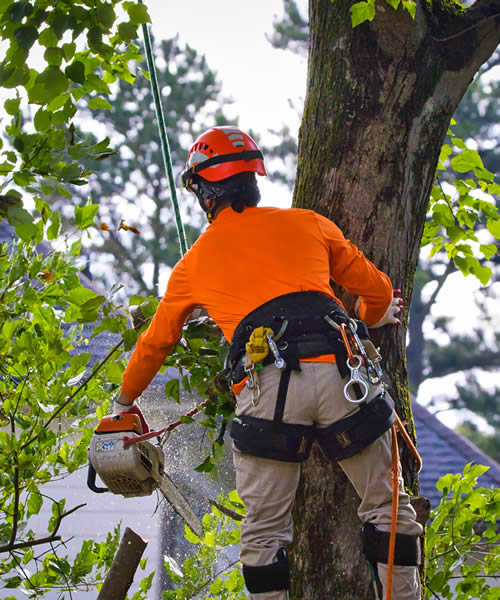
Before you begin a tree trimming project, it is crucial to wear the proper protective gear. This includes sturdy gloves to protect your hands from sharp branches and thorns, safety goggles to shield your eyes from flying debris, and hard hats to protect your head from falling limbs. In addition, hearing protection such as earplugs or earmuffs is necessary to prevent hearing damage when using power tools.
Tree service experts recommend checking the weather forecast before starting your trimming project. Many DIYers usually trim trees in adverse weather, such as high winds, rain, or lightning storms. Bad weather can make branches slippery, increasing the risk of accidents, damage, and costly repairs.

Before tree pruning or trimming, ensure all equipment is in good working order. This includes ladders, chainsaws, pruners, and any other tools you plan to use. Check for dull blades, loose parts, and signs of wear. If you suspect faulty equipment that can compromise your safety, hire professional arborists to ensure optimum safety and quality work.
As mentioned, the common problem with DIY tree pruning projects is understanding the proper techniques and using the correct tools for safety. Professional arborists use tools that fit the job, including hand pruners for small branches and chainsaws for larger limbs. We recommend cutting away from your body and maintaining a stable position while cutting. This goes a long way to mitigate safety hazards, tree damage, and costly repairs.
Ladder safety is vital when trimming trees. Always use a sturdy ladder that extends at least three feet over the branch you’re trimming. Secure the ladder on stable ground, and don’t stand on the top three steps. Always maintain three points of contact with the ladder: two hands and one foot or two feet and one hand. If you prefer a proactive approach, hire a tree care company to handle the heavy lifting.
Last, recognize when a job is beyond your skill level or capacity. Tree trimming, especially for large trees or those near power lines, can be dangerous and require professional equipment and experience. Hiring a certified tree service expert can ensure the job is done safely and correctly.
Tree pruning and trimming is a demanding task that requires careful attention to safety. By following these tips, you can minimize risk and ensure a safe environment for yourself and others. Contact us at the Driscoll Tree Service to ensure an effective and safe project. We provide various services to address your landscaping needs, from planting and maintenance to trimming and tree removal, at competitive rates.
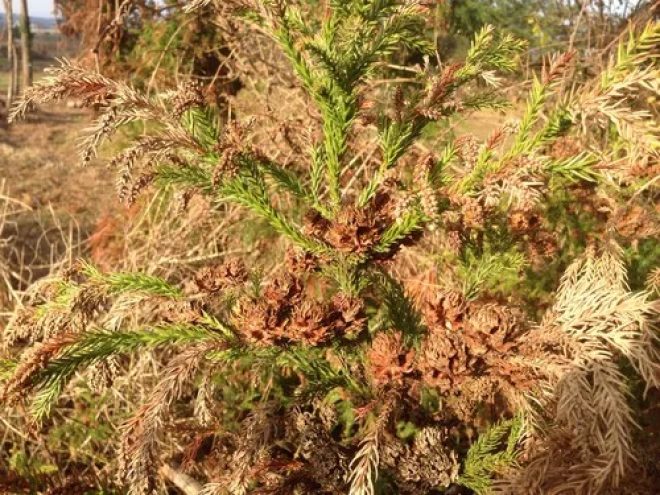
How to Fix Evergreen Trees Turning Brown Evergreen trees are known for their lush foliage that remains vibrant throughout the year, providing beauty and stability to our landscapes. However, when those green needles or leaves turn brown, it’s often a…
Read More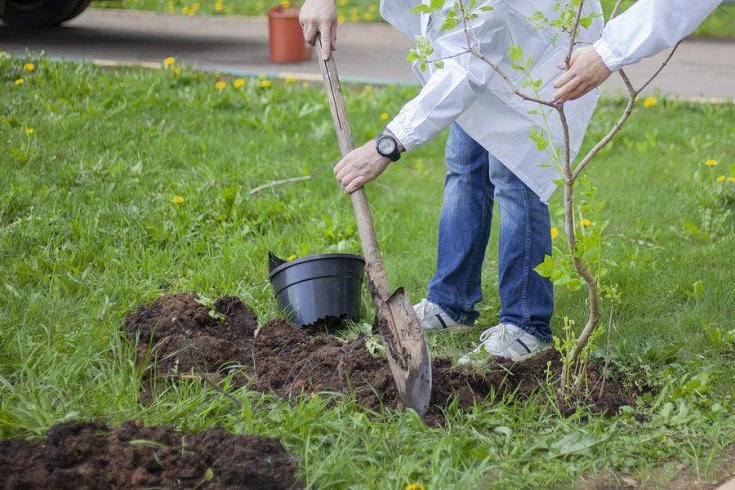
Planting Trees Properly Planting a tree is a rewarding and environmentally conscious act. However, following the proper planting techniques is essential to ensure its long-term health and growth. Here’s a helpful guide through planting a tree. As a professional and…
Read More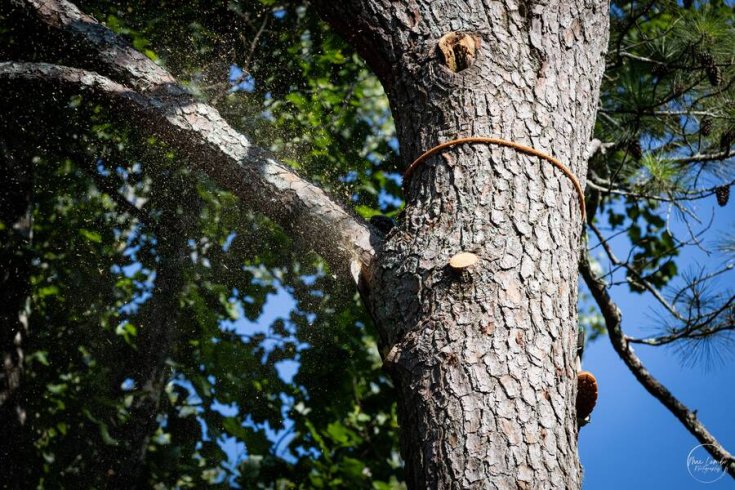
5 Essential Tips for Emergency Tree Removal Trees provide shade, beauty, and a habitat for wildlife. They also convert the carbon dioxide we breath out into fresh oxygen. However, there are times when their removal becomes unavoidable. Whether it's due…
Read More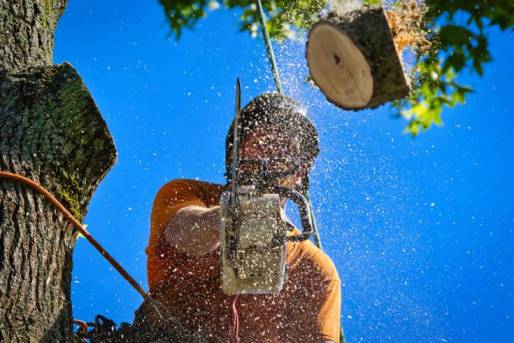
How to Find a Reliable Tree Service Company Trees are incredible ornaments that beautify the landscape and increase the value of properties. They can also provide fruits and much-needed shade as well as protection from high winds. Unhealthy and disheveled…
Read More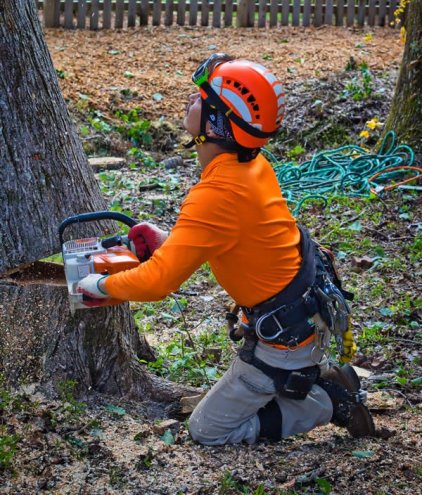
How to Become an Arborist An arborist or tree surgeon is a well-trained professional with extensive knowledge in applying various maintenance techniques to trees, vines, shrubs, and perennial plants. Suppose you are passionate about providing professional care to the trees…
Read More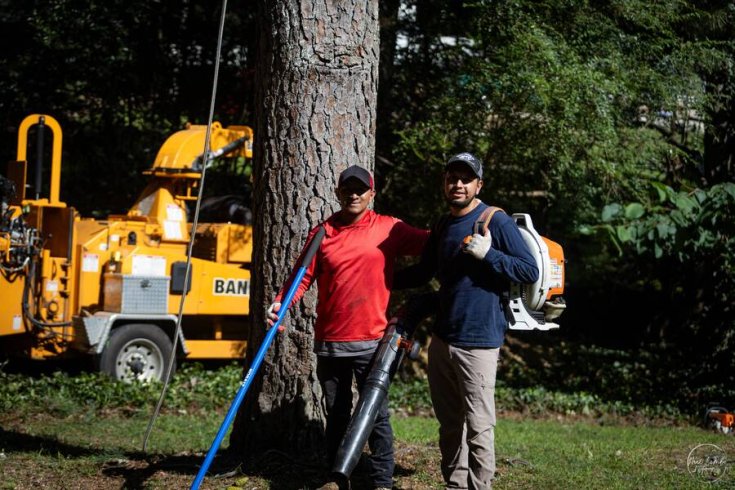
Let’s be real: times are tough. The economy has been a little shaky, inflation keeps nibbling away at paychecks, and a lot of homeowners are looking for ways to save money. That’s why DIY projects are more popular than ever.…
Read More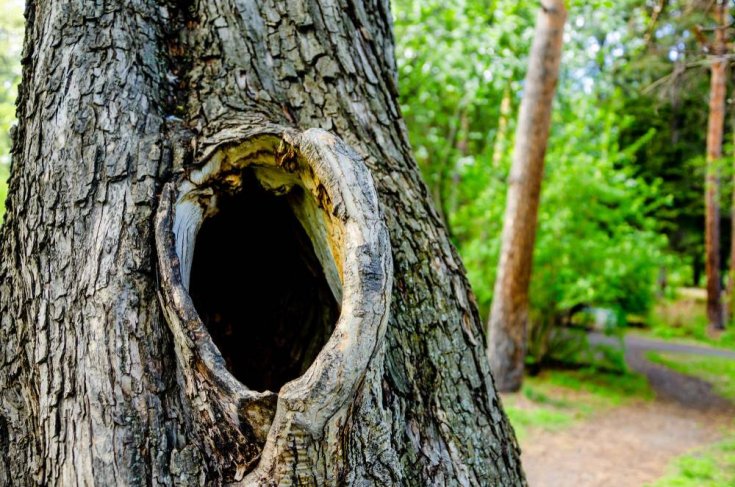
Are Holes in Trees Dangerous? Trees are magnificent entities that play a vital role in our environment. Despite the many benefits, from offering shade beauty to oxygen, many trees develop holes, causing concerns about their health and safety. If you…
Read More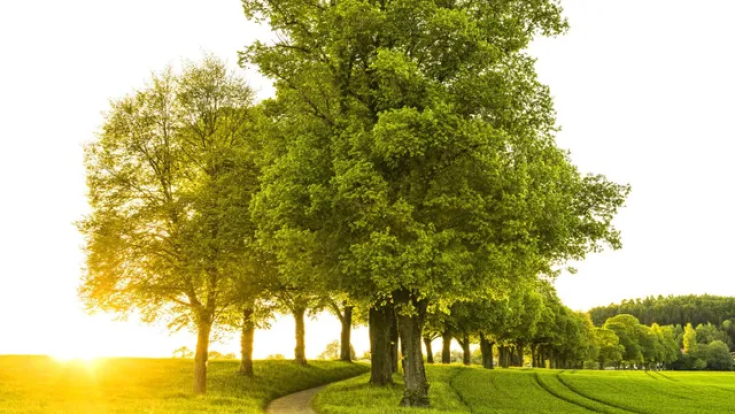
Essential Tree Care Tips for Every Season Trees require regular care and maintenance to thrive. However, different seasons call for specific care to prevent irreversible damage and premature tree removal emergencies. With that in mind, hiring a professional tree care…
Read More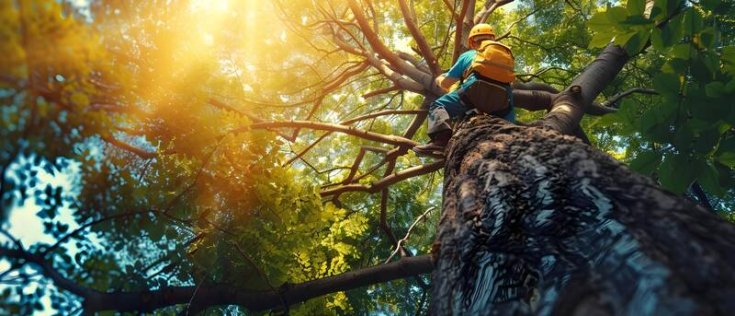
Is That Leaning Tree Dangerous? Here’s What Homeowners Should Know There’s nothing quite like the beauty of a big, healthy tree standing tall in your yard. Whether it’s a towering oak providing shade or a row of evergreens lining your…
Read More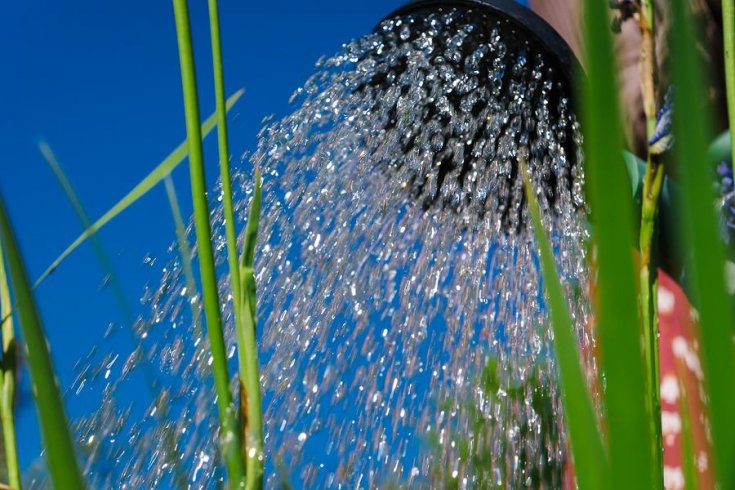
How to Properly Care and Watering Your Trees Proper watering is one of the best ways to ensure your trees remain in optimal condition throughout their lifespan. With climate change affecting vegetation across the globe because of drought, Driscoll Tree…
Read More